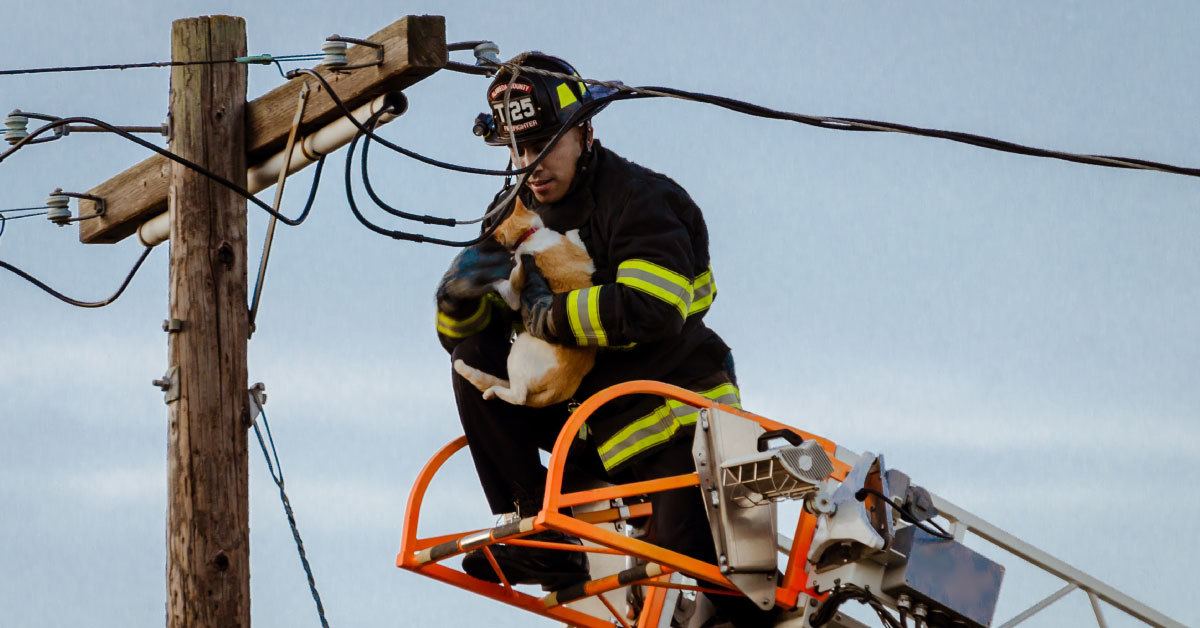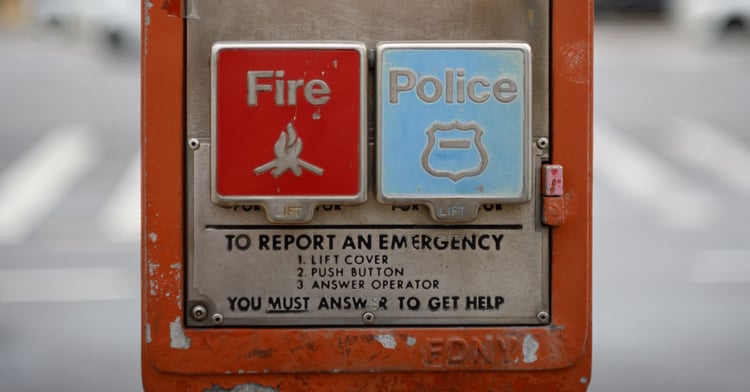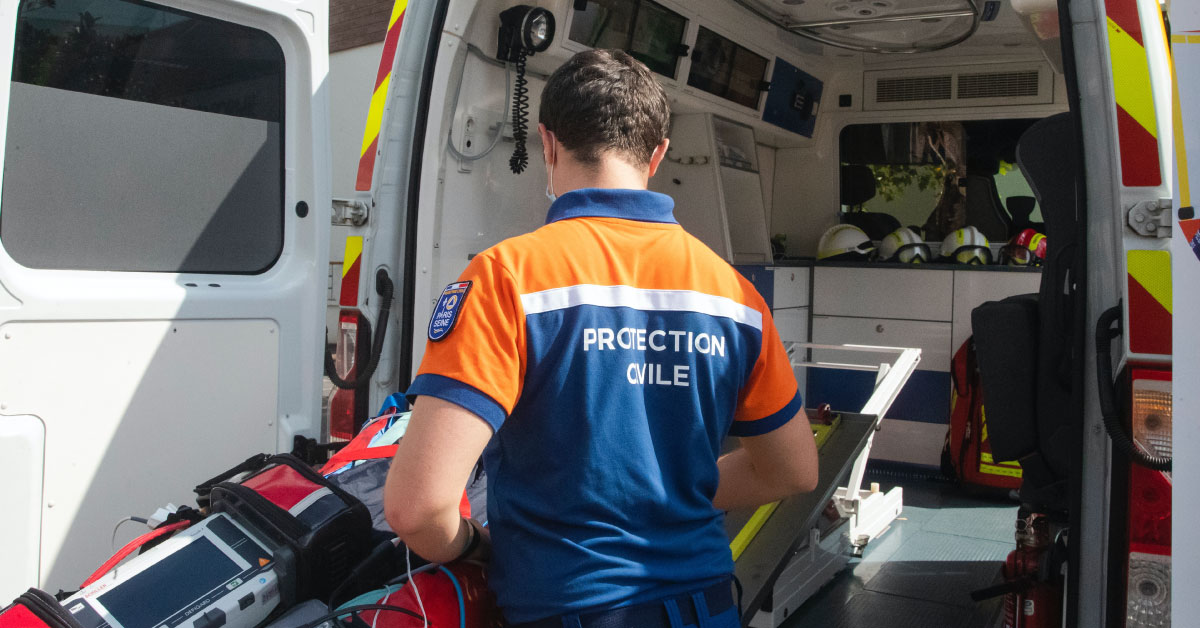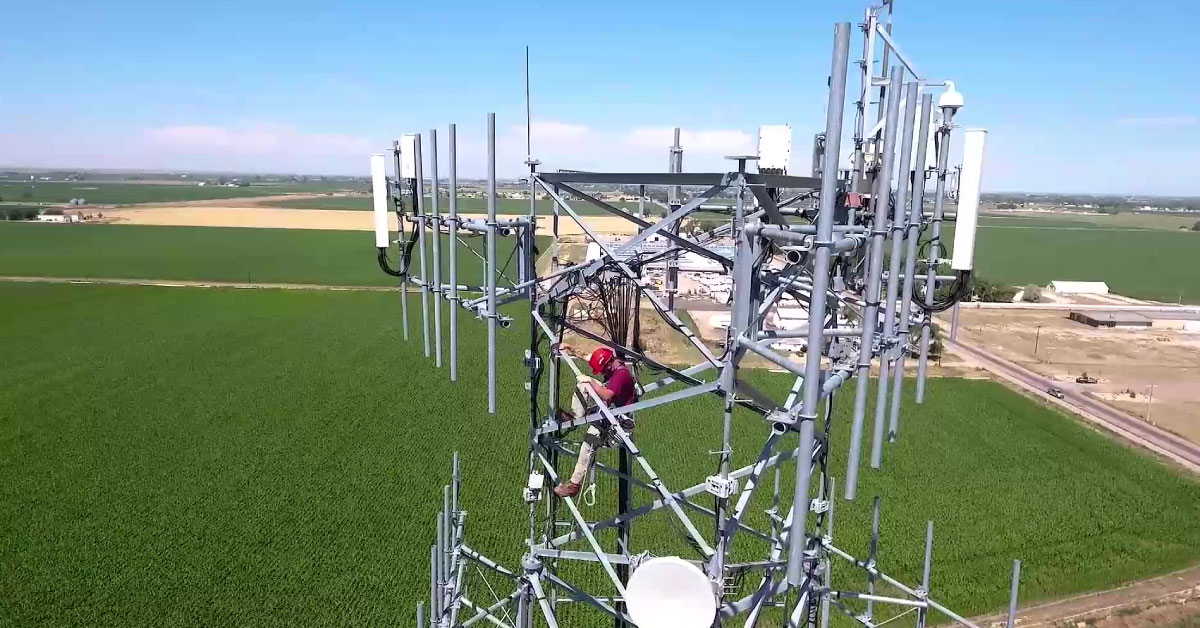
It’s no secret that first responders experience on-the-job challenges most of the public would never want to face. However, public safety roles are also becoming more demanding, and first responders feel the strain. Survey research shows that 61% of first responders believe their jobs have become more difficult in the last 18 months.
Real-time collaboration is a key area first responders say needs improvement. They indicate a lack of technology, funding, and resources as some of the main barriers to synchronous information sharing. Without the right tech and resources, teams may not get accurate information in time to efficiently address emergencies and disasters.
In survey research, first responders list suggestions to boost technical resources, such as more interoperable systems, better background information, and streamlined knowledge sharing. However, wireless carriers and national legislation and funding are helping public safety professionals make these suggestions a reality.
Let’s look at some of the communication obstacles public safety workers deal with and how cellular services can help overcome them.
How Do First Responders Communicate?

Public safety workers rely on emergency responder radio coverage systems, dispatch centers, and cellular or mobile networks. In areas hit by recent natural disasters, cells on wheels or COWS can be instrumental to EMTs, firefighters, and other first responders. COWS are essentially mobile cell towers that supplement or take the place of stationary structures when they’re knocked out of commission.
Besides traditional cells on wheels, drone technology makes it possible to deploy flying COWS or cells on wings. Of course, flying COWS aren’t your average drones. They’re made to fly in the air for up to 24 hours. Flying COWS can also provide cellular network coverage for up to 14 miles and fly up to 400 feet high. These drones tend to be longer and wider than the kind people fly for fun. They’re eight feet in length and about 18 feet in width.
Flying COWS are another tool cellular carriers have to support the efforts of first responders on the ground. But other than ample coverage, public safety workers rely on secure and encrypted communication channels. Mobile and radio coverage that’s reliable and less vulnerable to interception is a must-have for public safety teams.
What are Some Communication Challenges in a Disaster?

Receiving the correct background information about disaster victims and the context of emergencies is critical. Rave Mobile Safety’s survey of first responders reveals that 19% of first responder teams don’t believe they share the right kinds of data. This includes exchanging information within a single community and public safety agencies from nearby areas.
Imagine a team of firefighters responding to reports of a house fire without crucial details like a street address. Other key data, such as whether anyone might be trapped inside is also missing. The team will likely lose crucial time figuring out the emergency’s exact location and scope. Challenges like this are plausible when communication systems aren’t interoperable or synced.
The survey also discloses factors first responders list as barriers to knowledge sharing and collaboration.
- Lack of technology that facilities real-time collaboration
- An absence of financial and other resources
- Unwillingness or pushback from departments and agencies
- Security protocols
Ways to Address Obstacles to Real-Time Communication
The questions of why is communication important in public services and what does it mean to be a first responder are tied together. First responders literally put their lives on the line to save those in distress. However, communication is one of the foundations of serving human needs effectively.
Removing first responders’ barriers to real-time communication is about delivering the tech that enables it. It’s also about reaching consensus and establishing shared methods that facilitate collaboration between communities and agencies. Cellular plans and equipment that accommodate the unique needs of public safety agencies are a start.
But partnerships between agencies, communities, and the private and public sectors also play essential roles. When coverage isn’t available for wireless or radio transmissions, it slows down teams’ efforts on the ground. Yet, implementing software applications that share resources, documents, notifications, requests, and activities is another strategic move for agencies to consider.
How Viaero is Playing a Role

Part of Viaero’s investment in smaller communities includes supporting first responders and their families. Viaero focuses on three vital areas:
- A network built to handle public safety workers’ specifications
- Plans to support first responders’ communication needs
- Dedicated local support to handle public safety agencies’ details
The Network Built For You
Viaero is an expert in providing coverage in small towns and extremely rural areas that no other wireless carrier serves. Network access is always available for first responders and is built for redundancy and reliability. Neighborhood coverage may be delivered by Viaero’s network, but it doesn’t end there. Nationwide and global service is available through partnerships with national, international, and other regional carriers.
Plans to Support You
Viaero’s First Responder Plus offers competitive pricing for first responders, their families, and public safety agencies. Besides competitive pricing on plans, Viaero has handsets and equipment for public safety workers’ communication needs. First responders get access to unlimited cellular and hotspot data at the highest speeds.
Dedicated Local Customer Service
Viaero’s local network team is dedicated to supporting public safety applications. Customer service and account support teams live and work in the same communities that Viaero serves.
Improving Real-Time Communication
First responders depend on real-time communication and information sharing to serve the public. Insufficient technology and resources can become hurdles public safety teams and agencies must overcome. Cellular carriers like Viaero are helping support first responders’ efforts through secure, reliable, and always-on networks and technologies.
Learn more about Viaero’s First Responder Plus! $35/mo. per device.
Plus, families qualify for a 15% cellular discount on Viaero’s unlimited plans.
